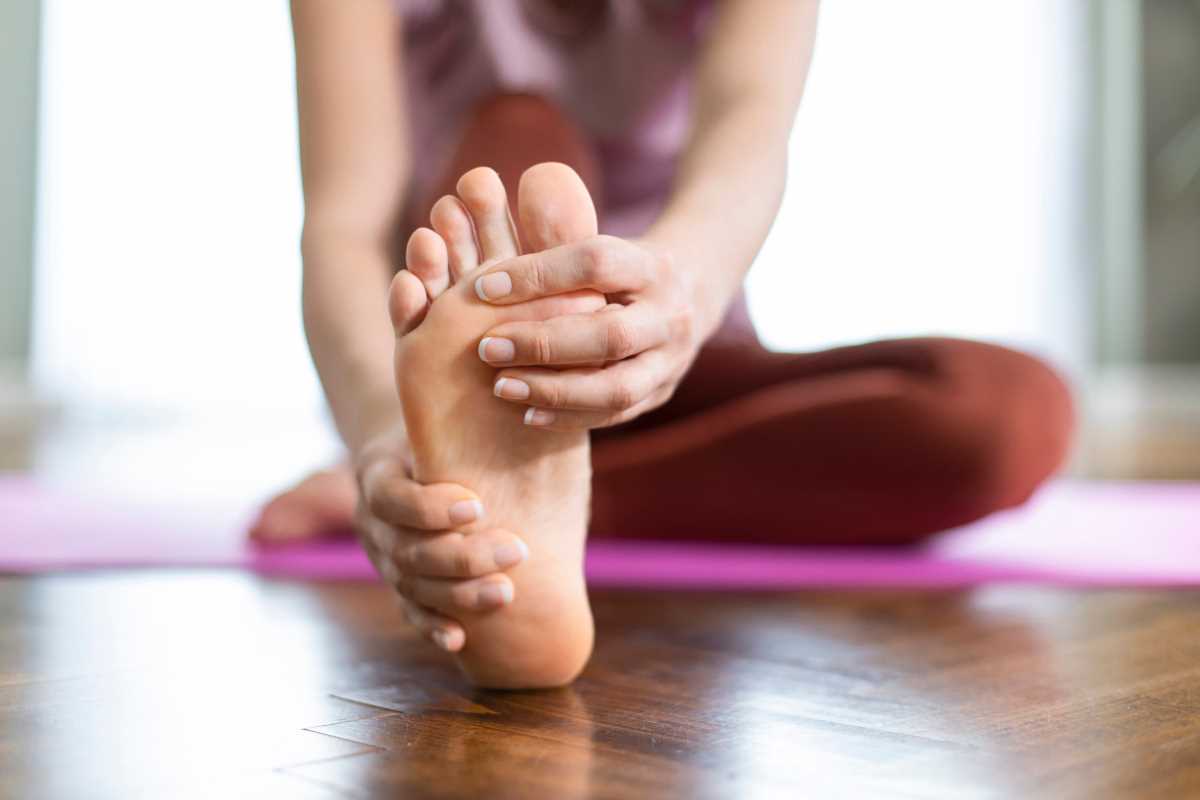Recovering from surgery can be hard on a person, but setting up a structured routine can make the process smoother and more manageable. Routines tailored for post-operative recovery help you regain strength, manage pain, and prevent complications like stiffness or loss of mobility. Focusing on small, consistent actions each day encourages faster healing and better outcomes. We're highlighting some practical routines designed to aid in recovery for post-operative patients. Each of these steps supports your body as it heals and promotes better physical and mental health. Your surgery may have been minor or major, but these routines will provide a roadmap to help you get back on track safely and confidently.
1. Start Each Day with Gentle Movement
Physical activity after surgery is incredibly important, but it doesn’t have to be strenuous to be effective. Gentle movement reduces stiffness, improves circulation, and helps prevent blood clots.
- Begin with walking short distances around your home or yard.
- Perform light stretching exercises to loosen your muscles.
- Use a physical therapy plan (if prescribed) to focus on specific areas of healing.
Slow, intentional movement every morning keeps your body engaged and promotes a faster recovery process.
2. Stay Hydrated Throughout the Day
Dehydration slows healing and can lead to complications like fatigue or constipation. Getting consistent hydration supports your overall recovery.
- Keep a water bottle handy to sip throughout the day.
- Incorporate hydrating foods like cucumbers, watermelon, or soups.
- Set reminders to drink water, especially if you tend to forget.
Water hydrates tissues, improves joint lubrication, and assists the body in flushing out toxins from surgery-related medications.
3. Follow a Nutritious Meal Plan
Your body needs a wide range of nutrients to repair tissues and fight off infections. A balanced diet plays a major role in recovery.
- Prioritize protein-rich foods like eggs, fish, chicken, and beans to aid in tissue repair.
- Add colorful fruits and vegetables for vitamins like A and C, which promote healing.
- Include whole grains and healthy fats, such as brown rice and avocado, for sustained energy.
Balanced meals fuel your body and give it the essential resources needed to rebuild itself after surgery.
4. Prioritize Rest and Sleep
Sleep is when most of your body’s healing occurs. A solid sleep routine gives your body time to recover faster and with less discomfort.
- Establish a fixed bedtime to create consistency.
- Use extra pillows or cushions to find a comfortable sleeping position that minimizes pain.
- Avoid caffeine or screen time in the evening to aid relaxation.
Sleep reduces inflammation, improves energy levels, and allows your body to focus solely on healing.
5. Practice Breathing Exercises for Pain Relief
Deep breathing reduces stress, improves oxygenation, and can even alleviate post-operative pain.
- Set aside 5–10 minutes to practice diaphragmatic breathing.
- Place a hand on your lower belly and breathe in deeply through your nose, feeling your belly rise.
- Exhale slowly through your mouth and repeat.
Breathing exercises calm your nervous system and provide relief, making your recovery process more comfortable.
6. Elevate and Ice Swollen Areas
Swelling is a common post-surgery side effect. Elevation and ice therapy help manage inflammation.
- Elevate the affected area (e.g., your leg or arm) above heart level for 15–20 minutes.
- Use an ice pack wrapped in a towel for 10–15 minutes at a time to reduce swelling and discomfort.
- Repeat this routine 3–4 times daily or as advised by your doctor.
Managing swelling reduces pain and prevents long-term complications, keeping your recovery on the right track.
7. Engage in Light Meditation
Surgery and recovery can be stressful, making time for meditation an excellent tool for managing emotions.
- Dedicate 5–10 minutes daily to sit quietly and focus on your breath.
- Try guided meditation apps or calming music to relax your mind.
- Practice repeating affirmations like, “My body is healing, and I’m getting stronger every day.”
Relaxing this way eases emotional strain and improves resilience throughout recovery.
8. Perform Exercises to Prevent Circulation Issues
Limited movement post-surgery increases the risk of blood clots or circulation problems. Targeted exercises improve blood flow and keep your legs and arms active.
- Wiggle your toes and perform ankle circles if you’re confined to bed.
- Flex and extend your feet several times an hour.
- Use light resistance bands to gently activate long-idle muscles (if approved by your doctor).
Keeping circulation strong reduces your chances of swelling, discomfort, and complications like deep vein thrombosis (DVT).
9. Take Medications on Schedule
Pain management and antibiotics play a massive role in preventing infection and discomfort.
- Use a pill organizer or reminders to keep track of prescribed doses.
- Stay consistent with timing, whether it’s pain relievers or supplements.
- Communicate with your medical team if you experience unusual side effects.
Proper medication use provides comfort and encourages a smooth recovery process.
10. Check-In with Your Body Throughout the Day
Recovery isn’t linear, and tuning into what your body needs can prevent overexertion and setbacks.
- Set checkpoints to assess how you’re feeling.
- Rest as needed if you notice unusual fatigue or pain.
- Gradually increase physical activity based on your energy levels.
Daily check-ins mean that your recovery remains steady and free of complications.
Tips for Adapting These Routines
- Start small by incorporating just one or two activities, then build up to a full routine as your energy improves.
- Work with your doctor or a physical therapist to tailor these routines to your specific surgery and limitations.
- Be flexible. It’s okay to scale back on harder days and prioritize rest when needed.
 (Image via
(Image via





